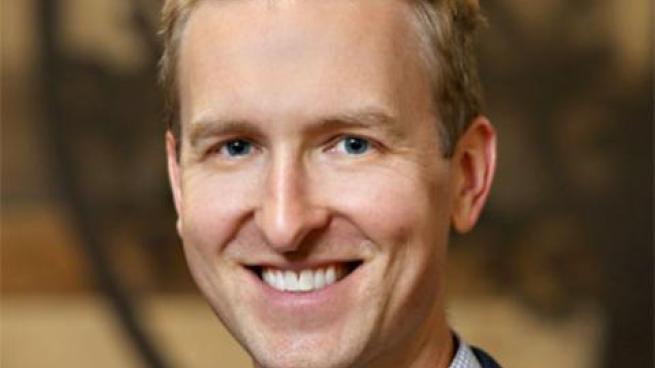Five top sleep habits for pharmacists and how to win with them
A decade ago, my wife and I brought home our first baby. It was late, we were tired and emotionally drained. We ran out of something so I needed to go to the pharmacy. As I left, my wife said, “Ask the pharmacist if it is the right product.”
I replied, “I’m a pharmacist. And so are YOU.”
Pharmacists don’t always take their own advice. We counsel on sleep hygiene and appropriate sedative use, then go home and turn on the TV or burn 35 minutes on our phones.
We treat patients with antihypertensive and diabetes regimens, yet don’t have a plan for healthy eating at work. We skip meals altogether because our environments create friction with eating well.
Many pharmacists operate on subpar nutrition and not enough sleep. How are we supposed to show up for our patients, staff and business when we are not ready ourselves?
When we are tired, we do not always think clearly. Here are my top five sleep habits for pharmacists:
- No blue light two hours before bed. The blue frequency of light enters the eye and destroys the melatonin buildup required to fall asleep.
- Nothing to eat two hours before bed. Bedtime is for sleeping, not digestion. Digesting food raises body temperature, making sleep more fragmented.
- No alcohol, which shuts off the frontal cortex and sedates us, destroying REM sleep and forgoing true restoration.
- No caffeine after noon. With a half-life of five hours, that 4 p.m. coffee is only 50 per cent metabolized at bedtime. This is equivalent to stopping at the coffee shop drive-thru on the way home after closing the pharmacy and ordering half a cup of coffee.
- The same time to go to bed and wake up each day. The simple definition of good sleep is waking up without an alarm clock, with great productivity and energy, absent illness. The brain depends on a circadian rhythm that doesn’t care if it’s the weekend.
What can I do on the long shift?
There is plenty working against us on the long, stressful shift while at the mercy of whatever the public throws our way. While having the right systems, people and workflow are all outside of the scope of this article, they can be explored more here, here & here. The design of these elements is critical to giving the pharmacist more control of the environment, which enables a more sleep-promoting day.
Structure the predictable work to enable an “end-of-shift power down.”
This doesn’t mean put your feet up. It means strategically completing the more cognitive tasks earlier in the day. These might be activities that generate more cortisol like dealing with conflict, making decisions, dealing with drug interactions, executing vaccine clinics or other face-to-face patient programs. Preserving the lighter, or more routine-like tasks for evening time blocks naturally turns down the volume on stress. These might be jobs like blister pack checking, emails, scheduling, ordering or examining reports.
We can also shift into blue light blocking lenses after 5 p.m. to mitigate melatonin disruption. Finally, adding a low-carb snack before leaving work can reduce over-eating when we get home.
Daytime habits degrade sleep
Since many of our daytime routines can unintentionally hinder sleep, I have developed a sleep kit that allows us to uncover where we might be going wrong.
The kits contains an activity to identify the biggest sleep hygiene offenders, a list of links to my favourite sleep podcasts, a template to curate your perfect morning, a seven-day sleep journal and a flowchart to managing nighttime awakenings and cycling thoughts.
Sleep will make you a better pharmacy leader. Find where you are going wrong to help your patients, staff and business.
The sleep kit pairs beautifully with the sleep guide, a 28-page PDF that takes you through tangible examples of controllable life factors to get you a better night sleep tonight!
Sleep hygiene, caffeine, blue light, eating in the evening, heart rate, temperature and alcohol all affect sleep and this guide shows you how.
It highlights graphs of sleep tracking data from my Oura ring and discusses key concepts like technology misuse. The sections on fear of missing out (FOMO), anticipatory anxiety and orthosomnia are must-reads.




